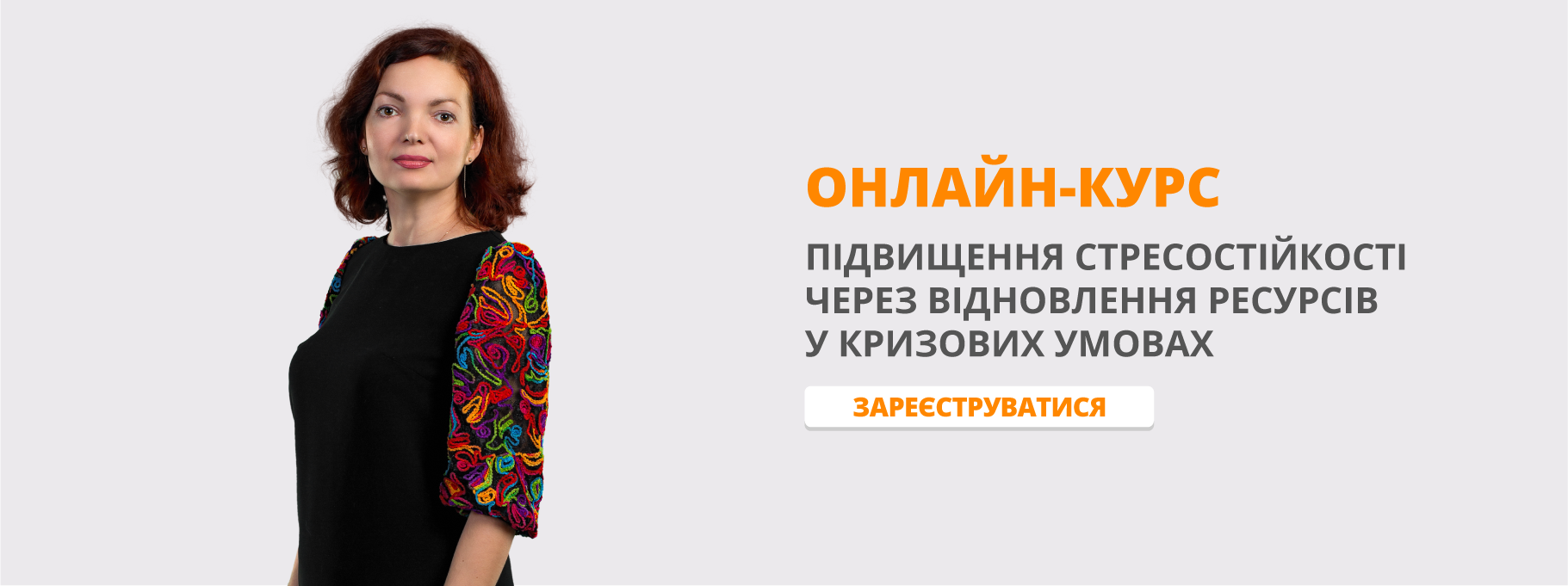Конспект уроку з англійської мови "My parents"
Lesson 3
Form :3
Theme: My parents
Objectives :
Educative : educational: to present new lexical material after themes "My family" and "Appearance", practice language means after themes, to form skills of the use of lexical units, to perfect the competenses of reading,listening and verbal broadcasting;
Developing: to teach attentively to watch after presented informaation, effectively to cooperate during pair and group work, explain a willingness to participate in a foreign commonunication, develop the different types of memory - auditory, visual, attention, imagination, to teach logically to express opinion, develop cognitive interest;
Educational : to bring up ability to be concentrated, listen other, form a benevolent atmosphere in a class.
Equipment: textbook, drill, photos “interpretations”, cards “traits”, language support, microphone, final task
Type of lesson: combined lesson
Procedure
I.Introduction
Organizational moment. Greeting .
T:Good morning, good morning!
How are you? How are you?
P-s: Good morning ,dear teacher!
I am fine, thank you.
Phonetic limbering-up
[a:][b] Barbara is a beautiful blonde with bright blue eyes.
Warm-up
Find the answers to the riddles.
1)What has six legs, two arms and two heads? (A man on a horse)
2) What has teeth but can’t eat? (Comb)
3)What has a face, two hands and goes round? (Clock)
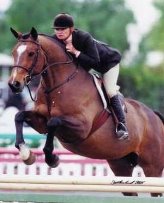

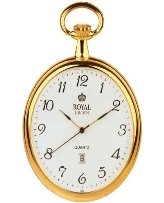
II.Main Part.
Revision.
Represent your project about classmate.
Game “Guess who is my classmate?”Divide the class in four or five groups. Pupils choose a classmate they like and describe him or her using different information about him/her. One group introduces . Others students listen and call pupil’s name.
Say what can you do with the following parts of your face. Look at the task and find true answers. Insert the appropriate verb in language support.
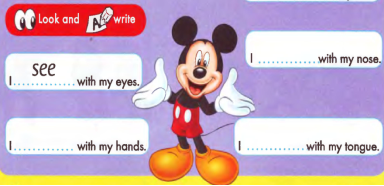
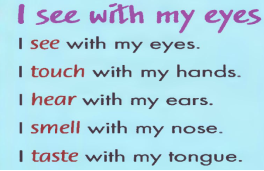
![]()
Aims. Today we are continuing familiarity with linguistic structures on the topic of appearance, in particular talk about the character traits and appearance of your parents.
Presentation . Learn the new words.(ex.1 p.64). Complete the sentences using the new words in oral forms. Then wrote down them into copybooks.
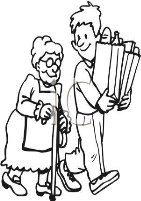
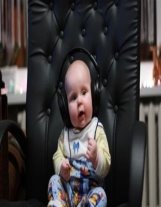

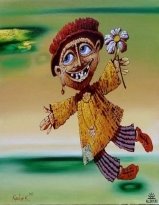
Practice.(ex.2p.64) Describe the photos. What people do you see?
Listen to the text. Read it individually in a chain; translate the difficult sentences into the mother tongue.
Answer the questions:
Who is tall and handsome?
Who is nice and kind?
Who is funny and happy?
Game “Microphone.”Do ex.3p.65. Agree or disagree with the sentences. (One pupil asks others and listen to their answers and arguments).
Energizer
Touch your shoulders!
Touch your nose!
Touch your ears!
Touch your toes!
Hands up!
Hands down!
Hands on your hips!
And sit down!
Speaking. Pair work. Make up the two columns and act the dialogue with your opposite partner. Change your partner and act the following parts of dialogue. After learning dialogue 2-3 pairs of children present dialogue in full.
Describe your mother or father. Use the support from ex.5 p.65
III. Ending the lesson
Summarizing
Rewrite, sharing words and putting dots at the end of sentences and changing small letters to big there, where necessary. “ I’vegotsisterhernameisvickysheiseightshe’sgotlongblackhairandblueeyessheisverynice.”
Home task
Draw your parents and prepare a story about them.
The results…

про публікацію авторської розробки
Додати розробку
